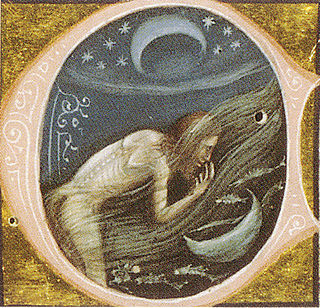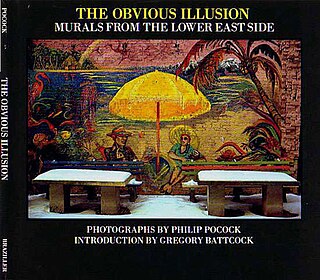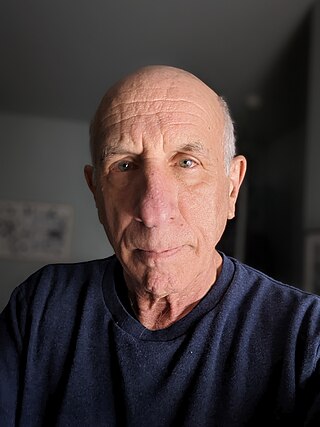
The picaresque novel is a genre of prose fiction. It depicts the adventures of a roguish, but "appealing hero", usually of low social class, who lives by his wits in a corrupt society. Picaresque novels typically adopt a realistic style. There are often some elements of comedy and satire. While the term "picaresque novel" was only coined in 1810, the picaresque novel originated in Imperial Rome during the 1st-2nd century CE, in particular with works such as the Satyricon of Petronius and later, and more particularly with authors such as Apuleius in Roman Numidia. It would see a revival in Spain during the Spanish Golden Age in 1554. Early Spanish contributors included Mateo Alemán and Francisco de Quevedo, who were influenced in particular by Apuleius' 2nd century work. Other notable ancient influences of the modern picaresque genre include Roman playwrights such as Plautus and Terence. The Golden Ass of Apuleius nevertheless remains, according to many scholars such as F. W. Chandler, A. Marasso, T. Somerville and T. Bodenmüller, the primary influence for the modern Picaresque genre. Subsequently, after the revival in Spain, the genre flourished throughout Europe for more than 200 years for the first time since the Roman period. It continues to influence modern literature.

Philip Pocock is a Canadian artist, photographer and researcher. He was born in Ottawa, Ontario, in 1954. Since the early 1990s, his work has been collaborative, situational, time-, code-, net-based and participatory.

Peter Weibel was an Austrian post-conceptual artist, curator, and new media theoretician. He started out in 1964 as a visual poet, then later moved from the page to the screen within the sense of post-structuralist methodology. His work includes virtual reality and other digital art forms. From 1999 he was the director of the ZKM Center for Art and Media Karlsruhe.

The ZKM | Center for Art and Media Karlsruhe, a cultural institution, was founded in 1989. and, since 1997, is located in a listed industrial building in Karlsruhe, Germany, a former munitions factory. The ZKM organizes special exhibitions and thematic events, conducts research and produces works on the effects of media, digitization, and globalization, and offers public as well as individualized communications and educational programs.
Tamás Waliczky (born in 1959, in Budapest, Hungary), is a Hungarian artist and animator, known for his new media art.

Kenneth Feingold is a contemporary American artist based in New York City. He has been exhibiting his work in video, drawing, film, sculpture, photography, and installations since 1974. He has received a Guggenheim Fellowship (2004) and a Rockefeller Foundation Media Arts Fellowship (2003) and has taught at Princeton University and Cooper Union for the Advancement of Art and Science, among others. His works have been shown at the Museum of Modern Art, NY; Centre Georges Pompidou, Paris; Tate Liverpool, the Whitney Museum of American Art, New York, among others.
Dennis Del Favero is an Australian artist and academic. He has been awarded numerous Artist-in-Residencies and Fellowships, including an Artist-in-Residence at Neue Galerie Graz and Visiting Professorial Fellowship at ZKM Center for Art and Media, Karlsruhe. He is an Australian Research Council Laureate Fellow, Scientia Professor of Digital Innovation and executive director of the iCinema Centre for Interactive Cinema Research at the University of New South Wales; Visiting professor at IUAV, Venice; Member of the editorial board of Studio Corpi's Quodlibet, Rome; and former executive director of the Australian Research Council | Humanities and Creative Arts (2015–2016).
Jeffrey Shaw is a visual artist known for being a leading figure in new media art. In a prolific career of widely exhibited and critically acclaimed work, he has pioneered the creative use of digital media technologies in the fields of expanded cinema, interactive art, virtual, augmented and mixed reality, immersive visualization environments, navigable cinematic systems and interactive narrative. Shaw was co-designer of Algie the inflatable pig, which was photographed above Battersea Power Station for the 1977 Pink Floyd album, Animals.
Marc Lafia is an artist, filmmaker, photographer, curator, educator, essayist and information architect.
Xurban collective was an international art collective founded in 2000. Core members of the group are Guven Incirlioglu and Hakan Topal, whose transatlantic collaborations took the form of media projects and installations. xurban_collective's projects instigate the questioning, examination, and discussion of contemporary politics, theory, and ideology, utilizing documentary photography, video, new media and text. The collective focuses specifically on areas of regional conflicts, military spatial confinement, urban segregation and neoliberal exclusion strategies. In September 2012 xurban_collective members concluded their collaboration to focus on their personal projects, artistic research and production.

Marc Lee is a Swiss new media artist working in the fields of interactive installation art, internet art, performance art and video art.

aaajiao, is the online handle of Xu Wenkai, a Shanghai- and Berlin-based artist, avid blogger and free thinker.
Erkki Huhtamo is a media archaeologist, exhibition curator, and professor at the University of California, Los Angeles in the Departments of Design Media Arts and Film, Television, and Digital Media.
Norman M. Klein is an American urban and media historian, as well as an author of fictional works. In 2011, the Los Angeles Times put Klein's 1997 book The History of Forgetting: Los Angeles and the Erasure of Memory on its "Best L.A. Books" list.
Yuko Hasegawa is the director of the 21st Century Museum of Contemporary Art, Kanazawa and professor of curatorial and art theory at Tokyo University of the Arts.

Michael Bielicky is a Czech-German artist working in new media, video art, and installations. He is a professor in the department of digital media and post-digital narratives at the Karlsruhe University of Arts and Design. In 1989, Bielicky's artwork Menora/Inventur became the first work to be acquired by the ZKM Center for Art and Media Karlsruhe by its founder Heinrich Klotz.
Benjamin Heidersberger is a German media artist, journalist, entrepreneur and culture manager. He lives and works in Berlin and Wolfsburg.
Rubén Grilo is a Spanish contemporary artist based in Berlin. His practice includes sculpture, animation, sound installation and digital media.
Fatoş Üstek, born 1980 in Ankara, is a London-based independent Turkish curator and writer, working internationally with large scale organizations, biennials and festivals, as well as commissioning in the public realm. In 2008 she received her MA in Contemporary Art Theory from Goldsmiths College London, after completing her BA in Mathematics at Bogazici University in Istanbul.
Rita Myers is an American video installation artist. Her work is held in the collection of the Museum of Modern Art in New York.









